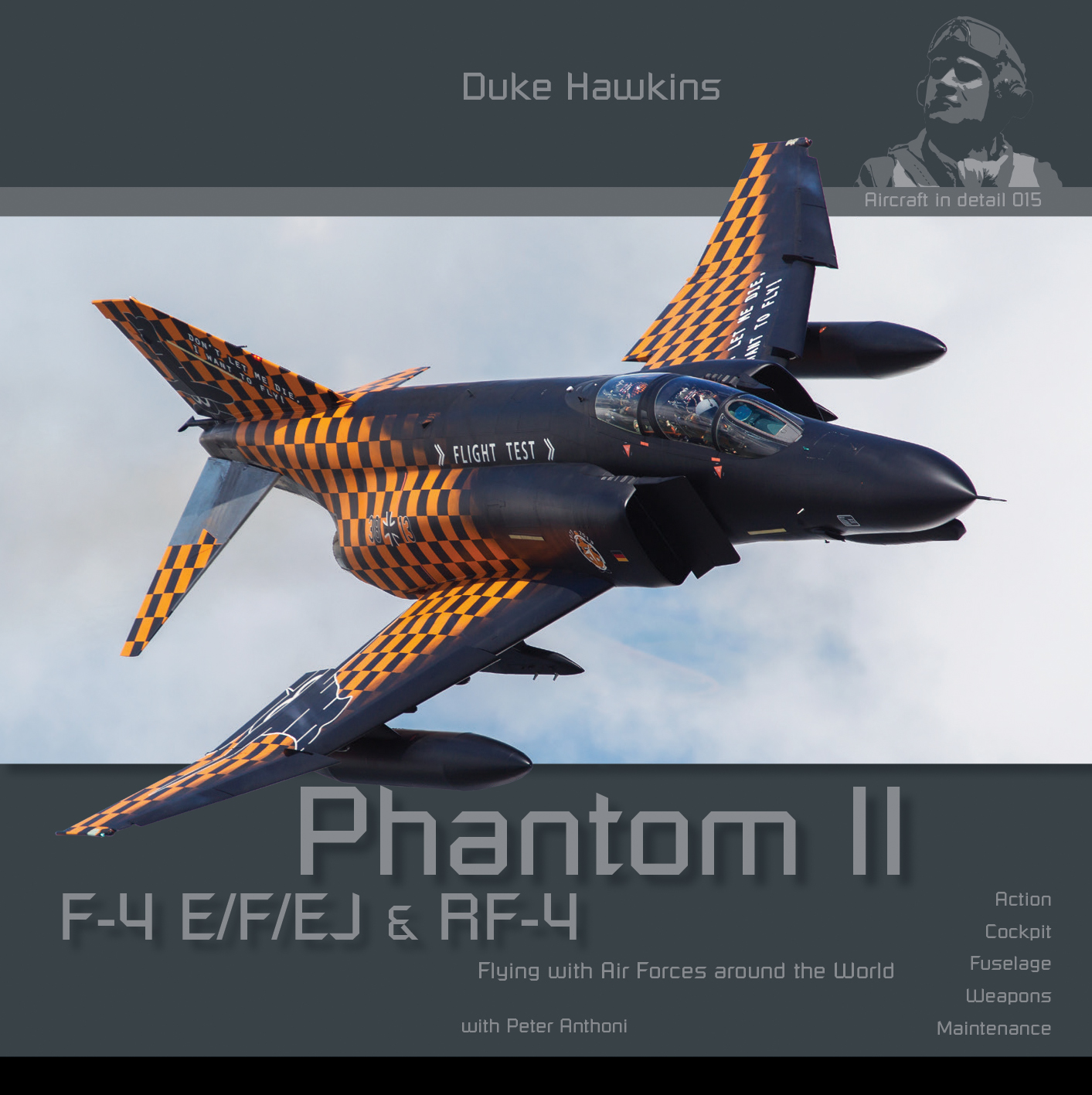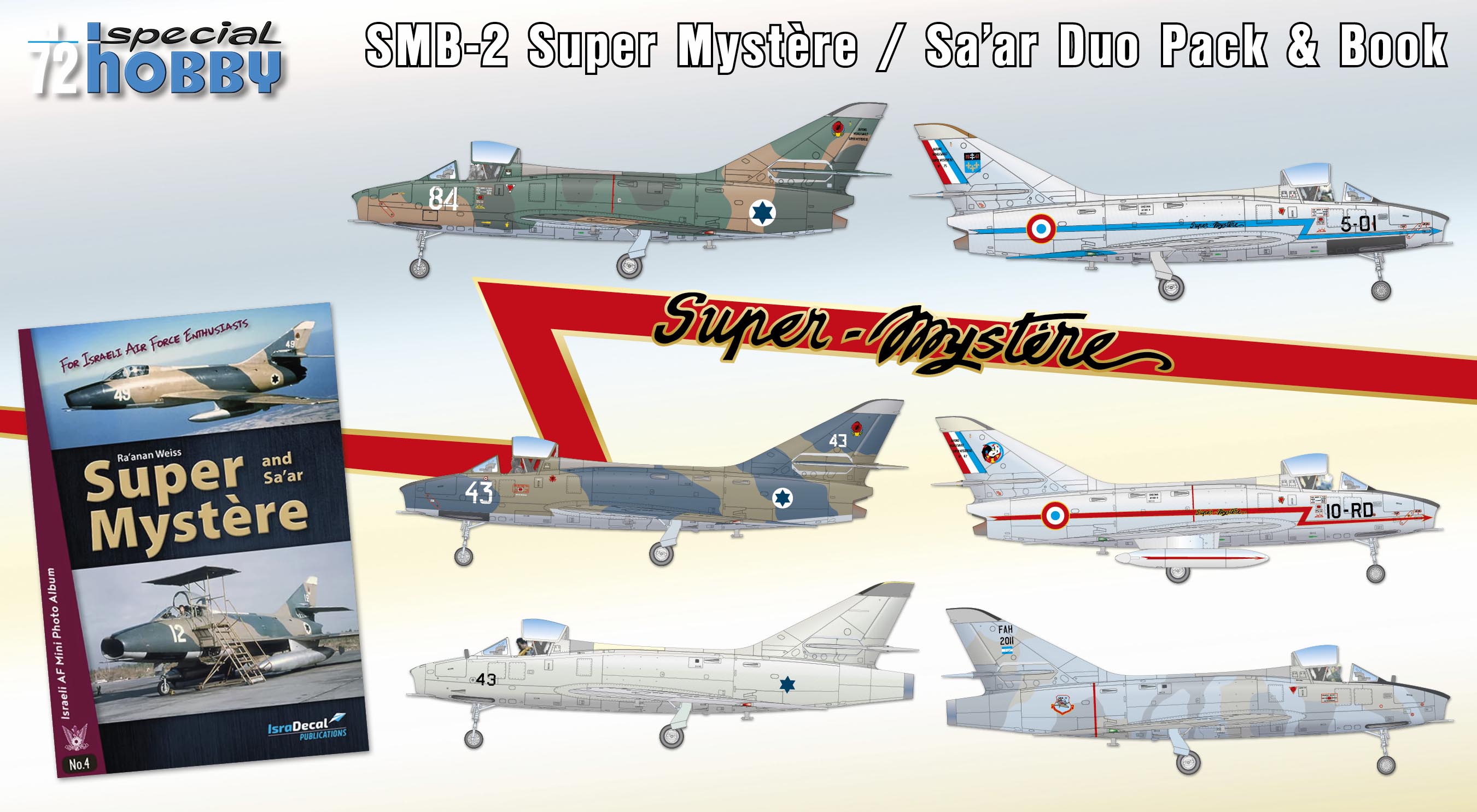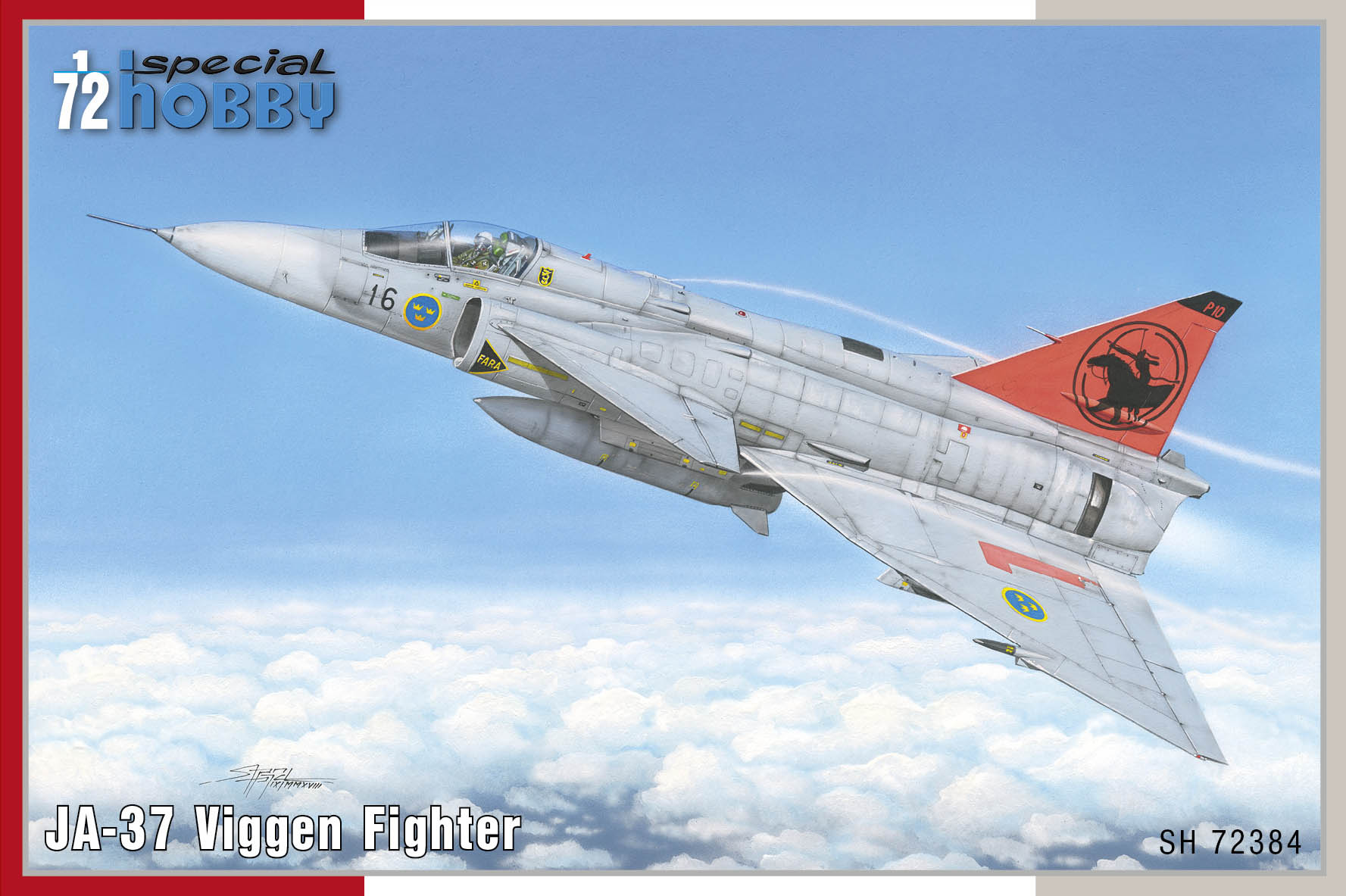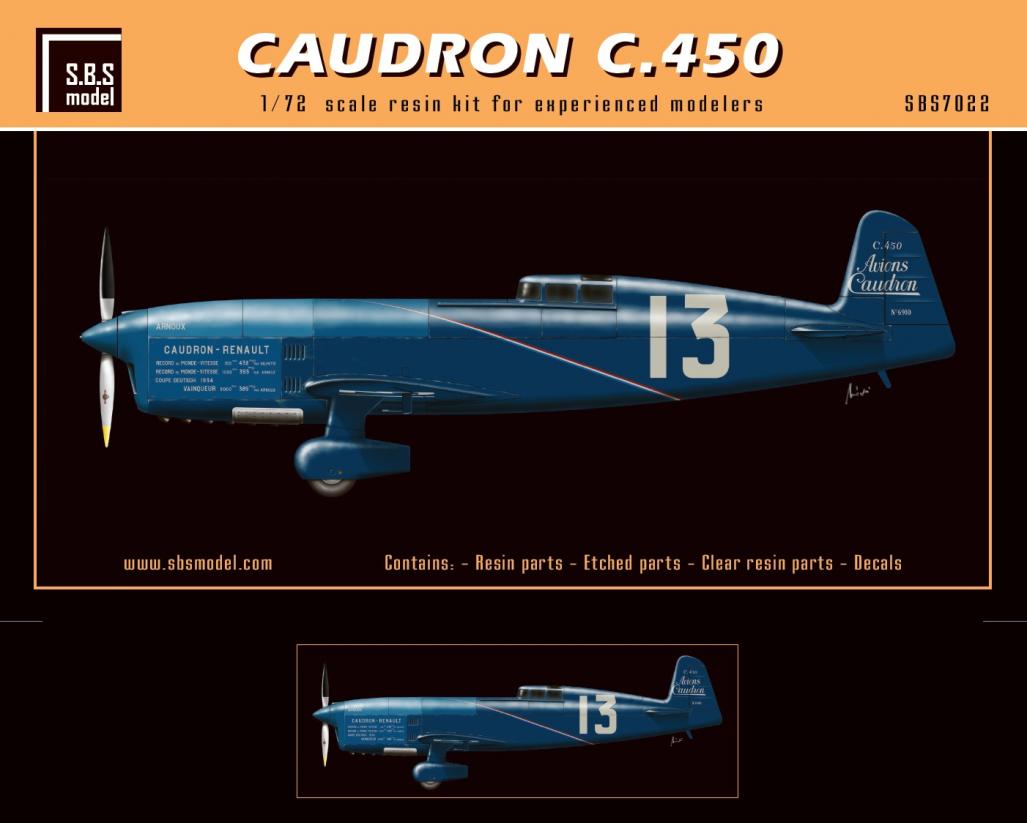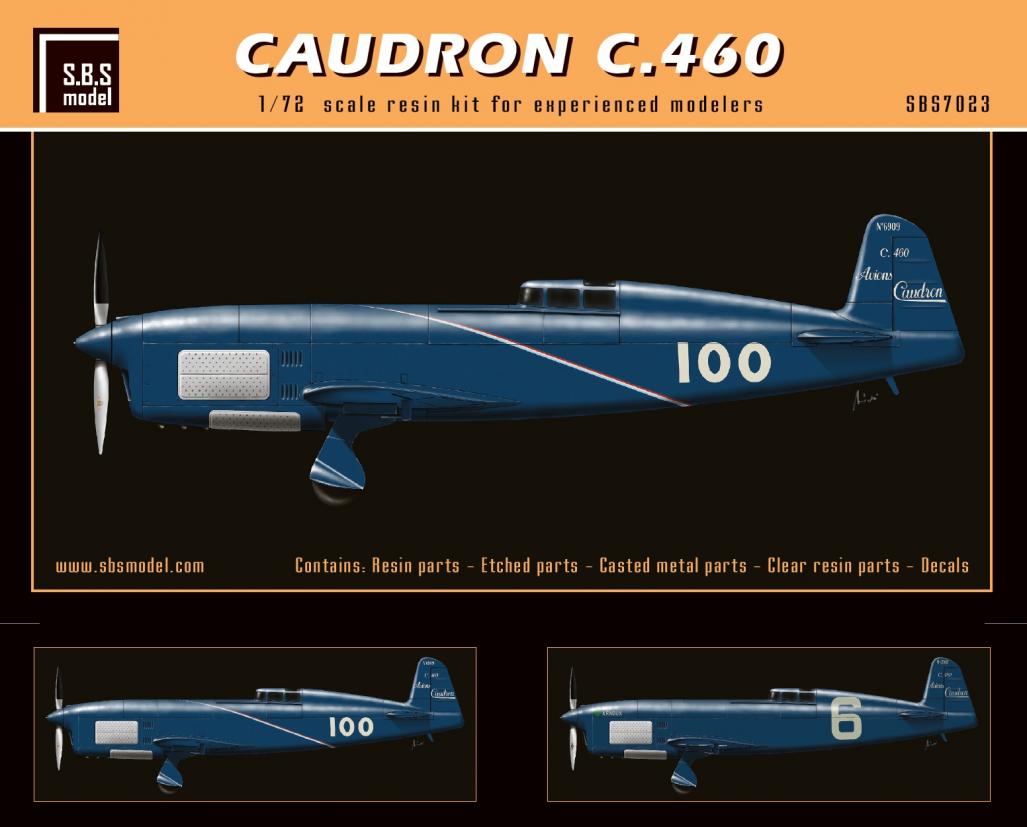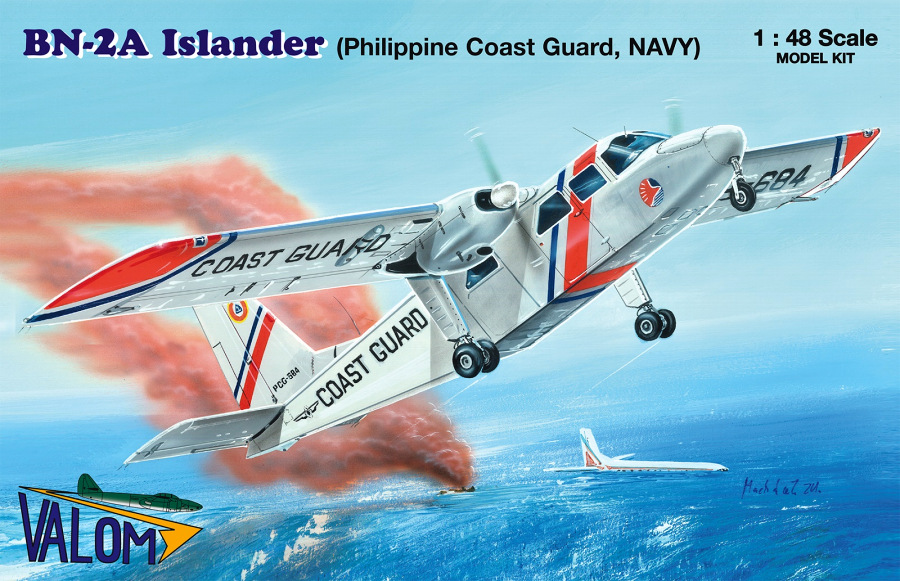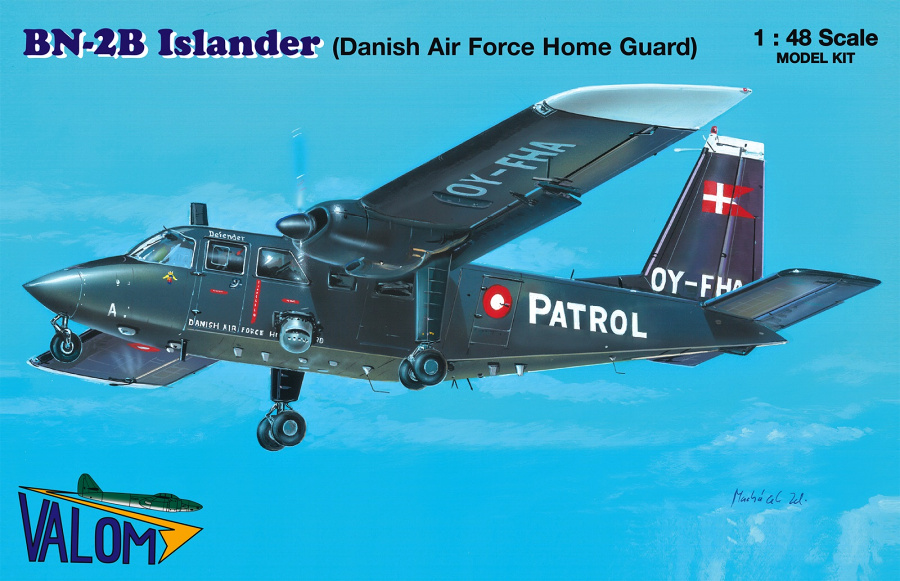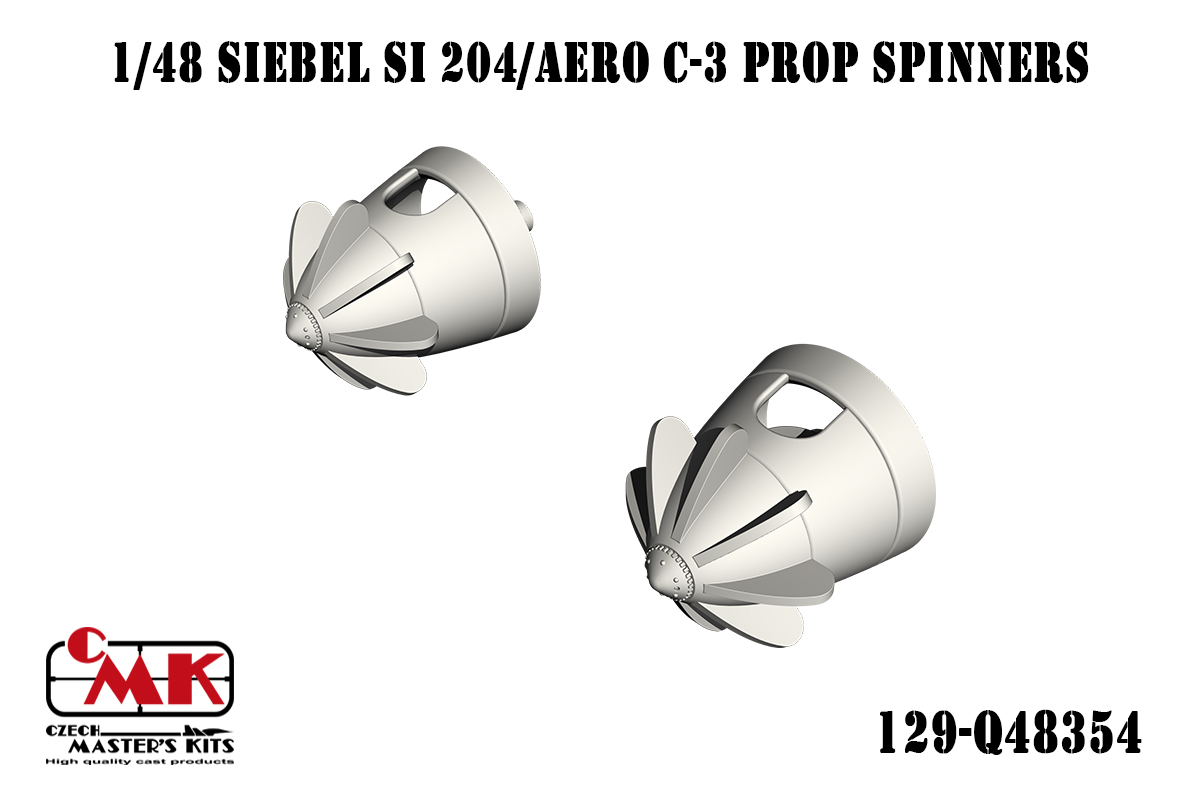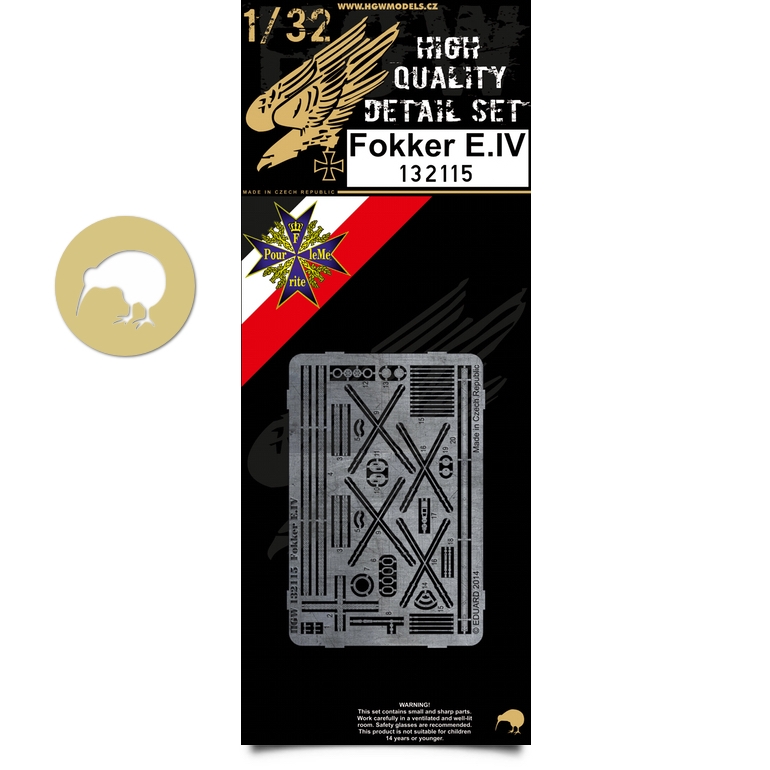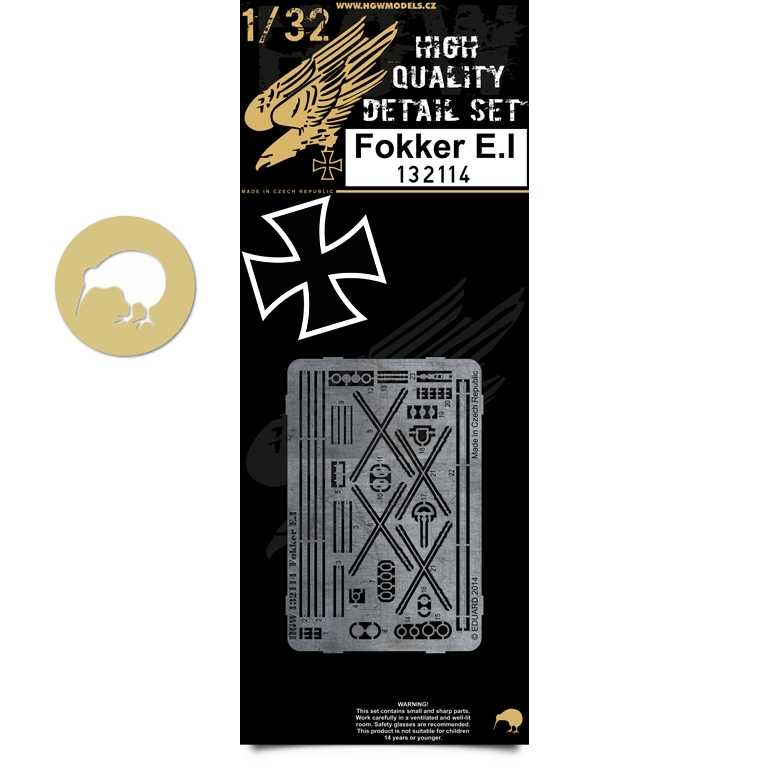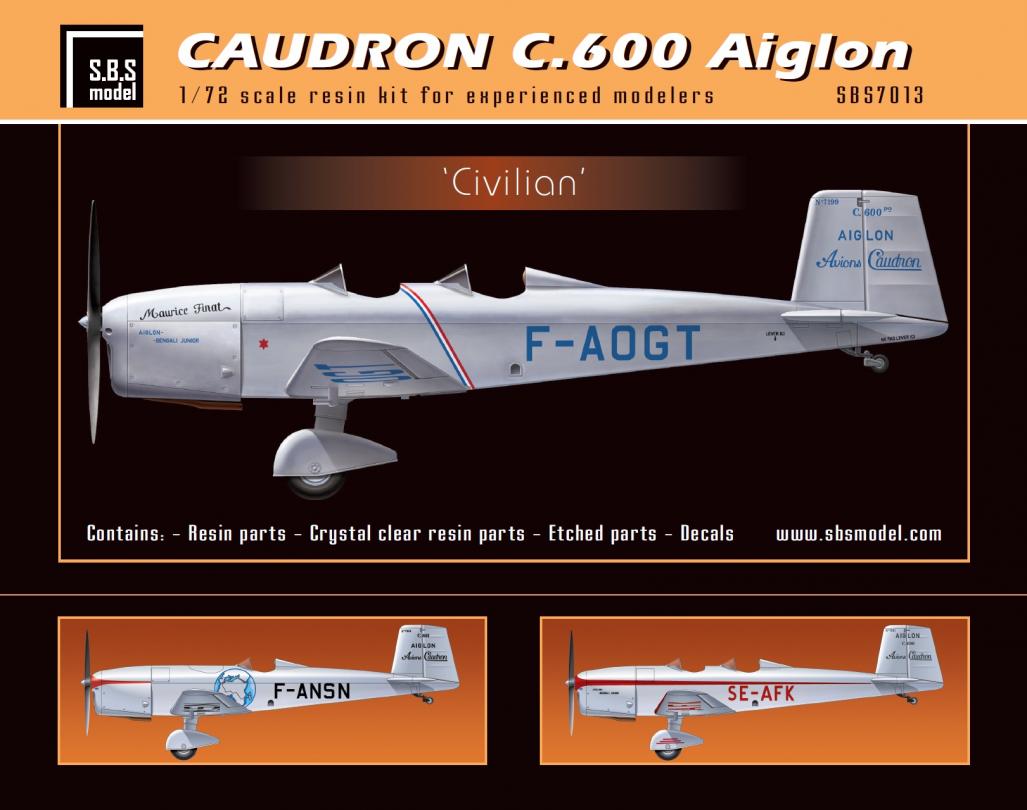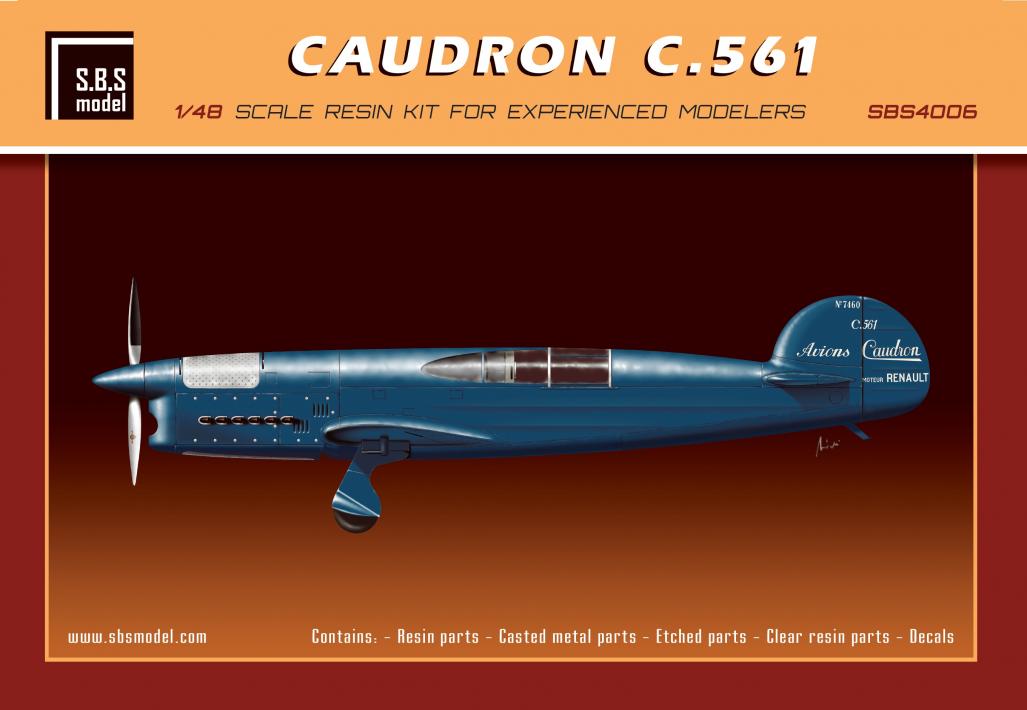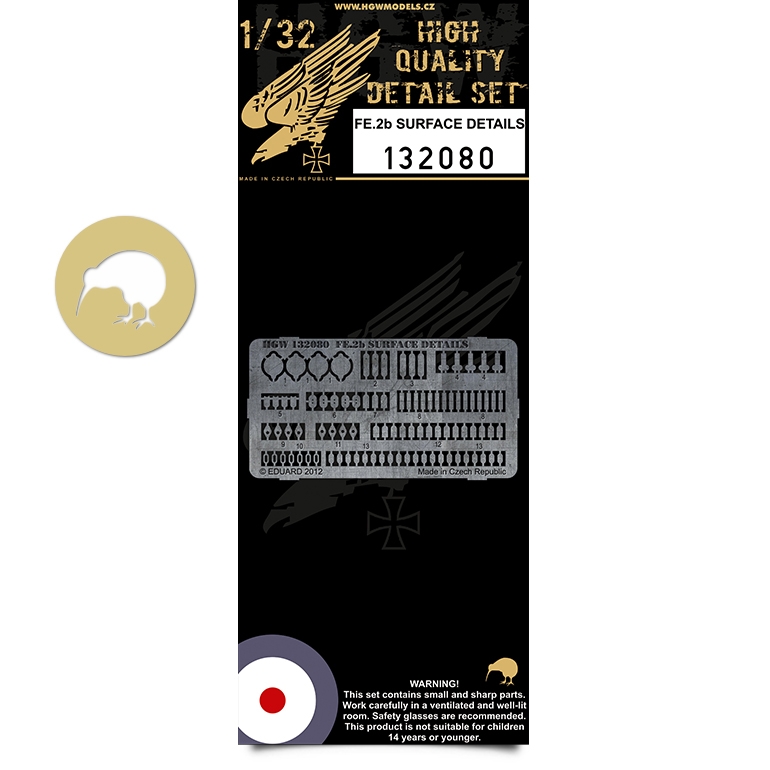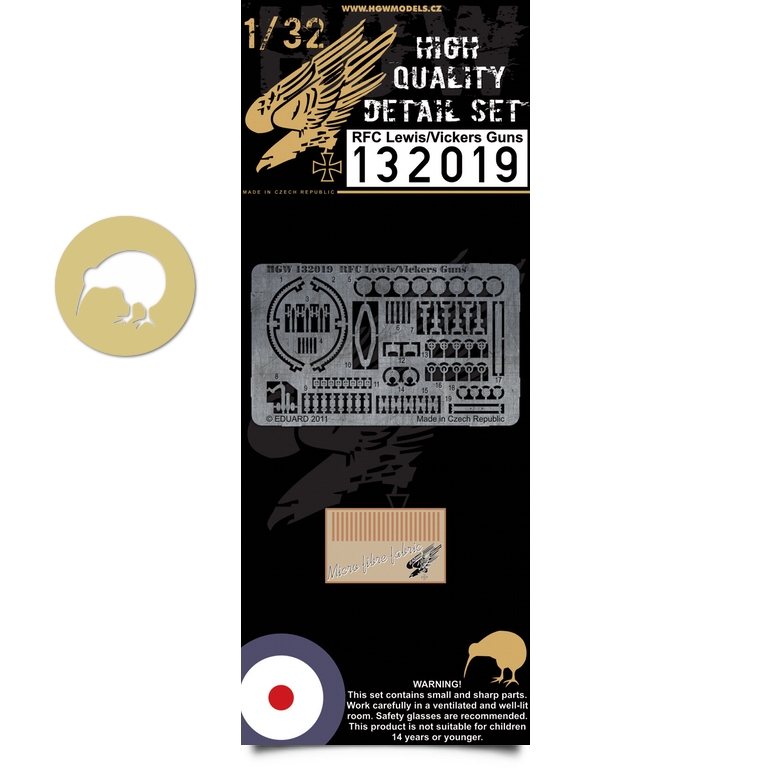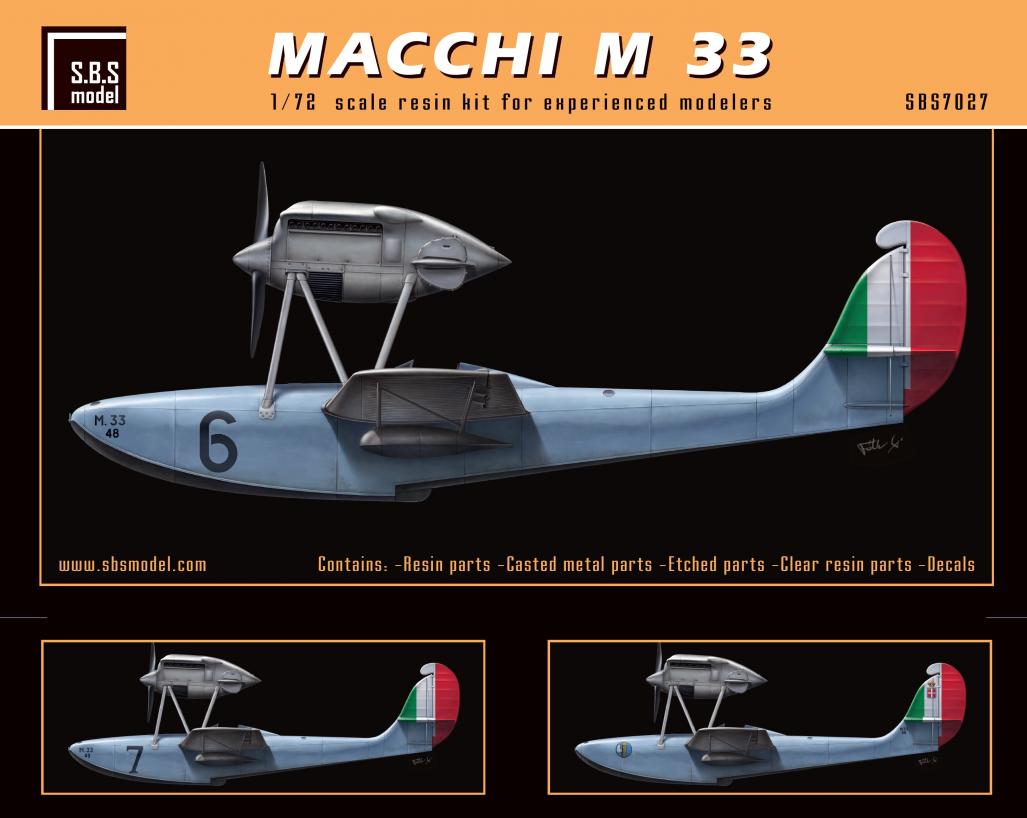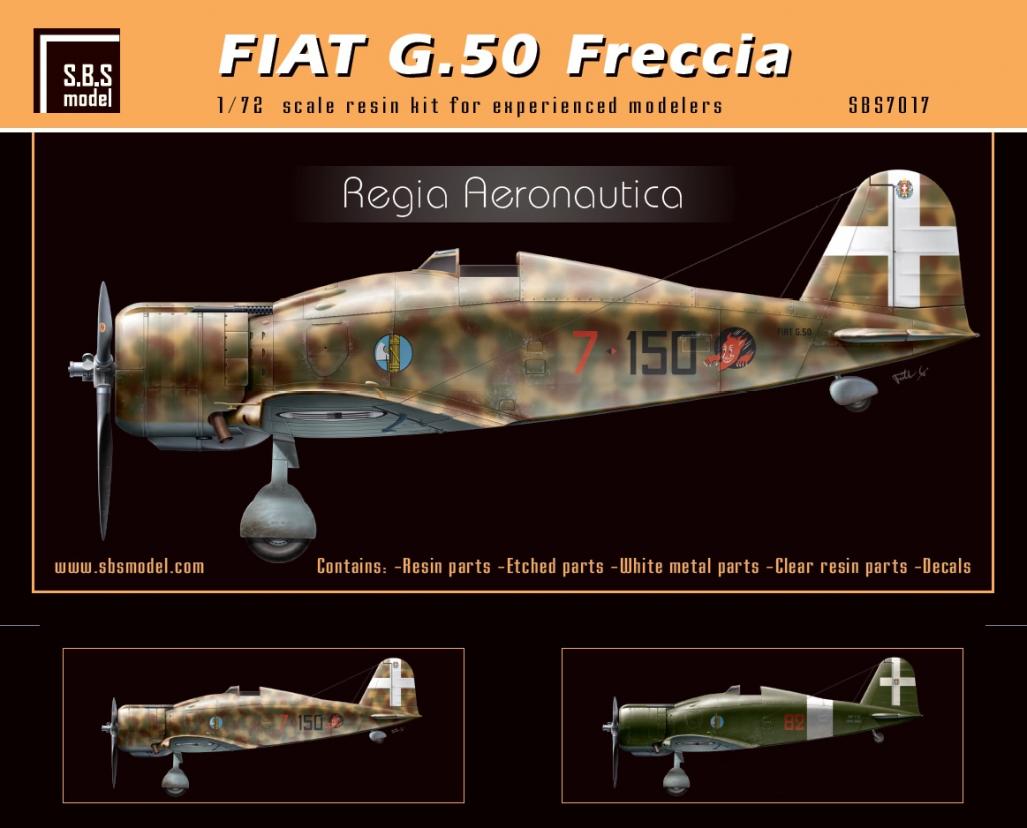Hračky
Celkem 1538 produktů
1/72 KDA-2 type 88-1 scout. The Beriev Be-8 (USAF/DoD reporting name “Type 33”, NATO reporting name “Mole”), was built by the Soviet Beriev OKB in 1947. It was a passenger/liaison amphibian aircraft with a layout similar to the Be-4 but substantially larger and heavier. It was a single engine parasol with the wing installed on a thin pylon and a pair of short struts. Compared to the Be-4, the Be-8 was equipped with retractable landing gear, and pilot and passenger cabins had heating utilizing engine heat. The Be-8 was intended as a civil aircraft and carried no armament. First flight was on December 3, demonstrating good performance. Two experimental aircraft were built, and one was demonstrated during 1951 Soviet Aviation Day at Tushino.One of Be-8 was equipped with hydrofoils, developed at TsAGI. These “Underwater Wings” were installed on landing gear struts and pushed aircraft above the water well before it could be done by the wing lift force. As a result, takeoff was much easier and imposed less punishment on the hull from the waves. Despite very effective during takeoff hydrofoils had negative impact on flight speed. Construction of retractable hydrofoils was not ready, and the concept did not find practical applications.
1/72 KDA-2 type 88 light bomber. The Beriev Be-8 (USAF/DoD reporting name “Type 33”, NATO reporting name “Mole”), was built by the Soviet Beriev OKB in 1947. It was a passenger/liaison amphibian aircraft with a layout similar to the Be-4 but substantially larger and heavier. It was a single engine parasol with the wing installed on a thin pylon and a pair of short struts. Compared to the Be-4, the Be-8 was equipped with retractable landing gear, and pilot and passenger cabins had heating utilizing engine heat. The Be-8 was intended as a civil aircraft and carried no armament. First flight was on December 3, demonstrating good performance. Two experimental aircraft were built, and one was demonstrated during 1951 Soviet Aviation Day at Tushino.One of Be-8 was equipped with hydrofoils, developed at TsAGI. These “Underwater Wings” were installed on landing gear struts and pushed aircraft above the water well before it could be done by the wing lift force. As a result, takeoff was much easier and imposed less punishment on the hull from the waves. Despite very effective during takeoff hydrofoils had negative impact on flight speed. Construction of retractable hydrofoils was not ready, and the concept did not find practical applications.
1/72 KDA-2 type 88-1 scout. The Beriev Be-8 (USAF/DoD reporting name “Type 33”, NATO reporting name “Mole”), was built by the Soviet Beriev OKB in 1947. It was a passenger/liaison amphibian aircraft with a layout similar to the Be-4 but substantially larger and heavier. It was a single engine parasol with the wing installed on a thin pylon and a pair of short struts. Compared to the Be-4, the Be-8 was equipped with retractable landing gear, and pilot and passenger cabins had heating utilizing engine heat. The Be-8 was intended as a civil aircraft and carried no armament. First flight was on December 3, demonstrating good performance. Two experimental aircraft were built, and one was demonstrated during 1951 Soviet Aviation Day at Tushino.One of Be-8 was equipped with hydrofoils, developed at TsAGI. These “Underwater Wings” were installed on landing gear struts and pushed aircraft above the water well before it could be done by the wing lift force. As a result, takeoff was much easier and imposed less punishment on the hull from the waves. Despite very effective during takeoff hydrofoils had negative impact on flight speed. Construction of retractable hydrofoils was not ready, and the concept did not find practical applications.
1/72 KDA-2 type 88-2 scout. The Beriev Be-8 (USAF/DoD reporting name “Type 33”, NATO reporting name “Mole”), was built by the Soviet Beriev OKB in 1947. It was a passenger/liaison amphibian aircraft with a layout similar to the Be-4 but substantially larger and heavier. It was a single engine parasol with the wing installed on a thin pylon and a pair of short struts. Compared to the Be-4, the Be-8 was equipped with retractable landing gear, and pilot and passenger cabins had heating utilizing engine heat. The Be-8 was intended as a civil aircraft and carried no armament. First flight was on December 3, demonstrating good performance. Two experimental aircraft were built, and one was demonstrated during 1951 Soviet Aviation Day at Tushino.One of Be-8 was equipped with hydrofoils, developed at TsAGI. These “Underwater Wings” were installed on landing gear struts and pushed aircraft above the water well before it could be done by the wing lift force. As a result, takeoff was much easier and imposed less punishment on the hull from the waves. Despite very effective during takeoff hydrofoils had negative impact on flight speed. Construction of retractable hydrofoils was not ready, and the concept did not find practical applications.
Duke Hawkins: Phantom II E/F/EJ, RF-4C/E/EJ & QF-4E (196 pages) EN. Probably one of the most iconic fighter jets in the world, the McDonnell Douglas F-4 Phantom II was the first aircraft designed for the US Air Force, Navy and Marine Corps. In this 196 page book, we focus on the landbased versions of the Phantom: the E, F, EJ, RF-4C, RF-4E, RF-4EJ and the colourful QF-4E target drone. In this book, every detail of the aircraft is shown, from the cockpit to the wings, fuselage or landing gear. This book is filled to the rim with high quality photos - some 500 of them ! - of aircraft from different air forces. Separate chapters give a closer look at Phantoms of Greece, Iran, South Korea, Turkey and Germany. Action galore! An extensive chapter is included on the QF-4E Target Drone that was used in the USAF. After their active career, many Phantoms were converted to targets for other fighter jets, shooting them down with life missiles. Prepare for close-ups! As is tradition with our books, the cockpit is an important chapter, showing the cockpits of the F-4F, the upgraded Icaros I and the reconnaisance version of the Phantom II. Some 30 pages are dedicated to the Phantom in service with the Japanese Air Self Defence Force. A lot of action, but also a closer look at the F-4EJ Kai upgraded version. The JASDF also operated the Phantom in the reconnaissance role; not just as an RF-4E, but also converted F-4EJs, equipped with different reconnaissance pods. Every pod is included in this book!
Plastikový model letadla 1/72 SMB-2 Super Mystere Duo Pack & Book. The SMB.2 is a French jet fighter aeroplane of the 1960s which saw service not just with the French Air Force, but in Israel and Honduras too and made its name mainly in combat missions flown by Israeli pilots over the Middle East. The box contains two complete kits of the Super Mystere / Sa’ar jet and a really superb photographic book on the type from Ra’anan Weiss of Isradecal. two nicely detailed and very accurate model kits in one box, each of which offers both engine tail pipe versions.decal sheets printed to maximum quality by Italian Cartograf bring two French, three Israeli and one Honduran marking options.the kit also offers a superb photographic take on the type with plethora of preciusly unpublished photos charting its service with the IAFresin cast hot seat for the Honduran option. France / Israel / Honduras / post WWII
Plastikový model letadla 1/72 SMB-2 Super Mystere Duo Pack & Book. The SMB.2 is a French jet fighter aeroplane of the 1960s which saw service not just with the French Air Force, but in Israel and Honduras too and made its name mainly in combat missions flown by Israeli pilots over the Middle East. The box contains two complete kits of the Super Mystere / Sa’ar jet and a really superb photographic book on the type from Ra’anan Weiss of Isradecal. two nicely detailed and very accurate model kits in one box, each of which offers both engine tail pipe versions.decal sheets printed to maximum quality by Italian Cartograf bring two French, three Israeli and one Honduran marking options.the kit also offers a superb photographic take on the type with plethora of preciusly unpublished photos charting its service with the IAFresin cast hot seat for the Honduran option. France / Israel / Honduras / post WWII
1/35 Bergepanzer Tiger I. This is an injection-plastic military vehicle model kit. Rye Field Model presents a 1/35 scale kit of the U.S. main battle tank: M1A2 SEP Abrams TUSK! This two-in-one kit can be built with either the TUSK I or TUSK II specifications, and features a full interior for plenty of detail to enjoy inside and out. It features a link and length type crawler belt, and comes with 830 parts, 85 photo-etched parts, and decals for multiple marking options. Grab it today! [Mold Color]: Tan [Includes]: Photo-etched parts, decals
Plastikový model letadla 1/72 JA-37 Viggen. Model of the second generation of the Viggen fighter aircraft which featured longer fuselage and more powerful engine. Content of the kit: eight parts on styrene sprues, one clear styrene sprue, full colour instruction booklet, a sheet of decals highly accurate and finely detailed model, the top notch 1/72 Viggen currently on the market decals cater for three machines one of which sports eyecatching anniversary scheme with red tail fin and a rider on it. wide range of detail sets and figures with ladders available. Country of origin: Sweden / modern
1/35 Bergepanzer Tiger I. This is an injection-plastic military vehicle model kit. Rye Field Model presents a 1/35 scale kit of the U.S. main battle tank: M1A2 SEP Abrams TUSK! This two-in-one kit can be built with either the TUSK I or TUSK II specifications, and features a full interior for plenty of detail to enjoy inside and out. It features a link and length type crawler belt, and comes with 830 parts, 85 photo-etched parts, and decals for multiple marking options. Grab it today! [Mold Color]: Tan [Includes]: Photo-etched parts, decals
Plastikový model letadla 1/72 JA-37 Viggen. Model of the second generation of the Viggen fighter aircraft which featured longer fuselage and more powerful engine. Content of the kit: eight parts on styrene sprues, one clear styrene sprue, full colour instruction booklet, a sheet of decals highly accurate and finely detailed model, the top notch 1/72 Viggen currently on the market decals cater for three machines one of which sports eyecatching anniversary scheme with red tail fin and a rider on it. wide range of detail sets and figures with ladders available. Country of origin: Sweden / modern
Plastikový model letadla 1/7 2P-40E Warhawk 'Claws and Teeth' . The very icon of US WW2 aviation, the Warhawk model E. The kit contains – two grey styrene sprues, one sprue of clear plastic, full colour instruction booklet and decal sheet with markings for four really eye-catching liveries. Higly accurate and nicely detailed model, the best of Warhawks in this scale Easy assembly Incredible price Decals printed by Cartograf cater for two machines as flown from China-based airfields and another two operated from Australia, all of them wearing highly interesting markings and colours, with remarkable operation history and flown by USAAF ace pilots. Three of the hand picked machines wear viciously-looking shark jaws, the fourth one (depicted on the kit’s box) was adorned with a large bird of prey on its rear fuselage and distinctive motifs on either side of its nose Wide range of CMK accessories available, including pilot/mechanic figures. Country of origin: USA / WWII
Plastikový model letadla 1/7 2P-40E Warhawk 'Claws and Teeth' . The very icon of US WW2 aviation, the Warhawk model E. The kit contains – two grey styrene sprues, one sprue of clear plastic, full colour instruction booklet and decal sheet with markings for four really eye-catching liveries. Higly accurate and nicely detailed model, the best of Warhawks in this scale Easy assembly Incredible price Decals printed by Cartograf cater for two machines as flown from China-based airfields and another two operated from Australia, all of them wearing highly interesting markings and colours, with remarkable operation history and flown by USAAF ace pilots. Three of the hand picked machines wear viciously-looking shark jaws, the fourth one (depicted on the kit’s box) was adorned with a large bird of prey on its rear fuselage and distinctive motifs on either side of its nose Wide range of CMK accessories available, including pilot/mechanic figures. Country of origin: USA / WWII
1/32 Focke Wulf Fw 190A-8 - Fabric Seat Belts - pre-cut (laser). The set contains complete belts for two aircrafts. Accessory designed for your plastic model Fw190A-8. Seat belts from HGW Models are laser-cut so it is easy-to-use product. Set contains micro fabric belts and photo etched buckles suitable for large scale planes in 1/32 scale. ACCESSORY FEATURES contains micro-fabric and photo-etched highly detailed partsbelts are fully functional - modeler can leave them un/fastenedmade from printed micro-fabric material which behaves like a piece of ragtextile parts are prepared for using filters and other agents (they are waterproof and resistant to common nonaggresive modeling preparations INSTRUCTIONS Take the precut textile part out of the sheet.Remove the carrier paper.Bunch the belts up and knead them between the fingers.Thread the belts through the photo etched buckles – use superglue.Put them into the seat.Spray with glossy varnish.Spray with matt varnish.Impregnate the seat belts with very diluted oil colour (mix of black and brown) > texture highlight.
1/32 Focke Wulf Fw 190A-8 - Fabric Seat Belts - pre-cut (laser). The set contains complete belts for two aircrafts. Accessory designed for your plastic model Fw190A-8. Seat belts from HGW Models are laser-cut so it is easy-to-use product. Set contains micro fabric belts and photo etched buckles suitable for large scale planes in 1/32 scale. ACCESSORY FEATURES contains micro-fabric and photo-etched highly detailed partsbelts are fully functional - modeler can leave them un/fastenedmade from printed micro-fabric material which behaves like a piece of ragtextile parts are prepared for using filters and other agents (they are waterproof and resistant to common nonaggresive modeling preparations INSTRUCTIONS Take the precut textile part out of the sheet.Remove the carrier paper.Bunch the belts up and knead them between the fingers.Thread the belts through the photo etched buckles – use superglue.Put them into the seat.Spray with glossy varnish.Spray with matt varnish.Impregnate the seat belts with very diluted oil colour (mix of black and brown) > texture highlight.
Plastikový model letadla 1/72 Avro Rota C.30A 4 decal v. for Czeczslovak.,RAF, Yugoslavia, Australia. The first production design in the series was the C.30, a radial-engined autogyro with a three-blade, 37 ft (11.3 m) rotor mounted on an aft-leaning tripod, the control column extending into the rear of the two cockpits. The engine was the five-cylinder, 105 hp (78 kW) Armstrong Siddeley Genet Major I used in the C.19 series. The fabric-covered fuselage carried an unbraced tailplane, without elevators but with turned-up tips. The port side of the tailplane had an inverted aerofoil section to counter roll-axis torque produced by the propeller. As with most autogyros, a high vertical tail was precluded by the sagging resting rotor, so the dorsal fin was long and low, extending well aft of the tailplane like a fixed rudder and augmented by a ventral fin. The wide-track undercarriage had a pair of single, wire-braced legs and a small tail wheel was fitted. This model flew in April 1933. It was followed by four improved machines designated C.30P (P here for pre-production) which differed in having a four-legged pyramid rotor mounting and a reinforced undercarriage with three struts per side. The rotor could be folded rearwards for transport. The C.30P used the more powerful (140 hp, 104 kW) seven-cylinder Armstrong Siddeley Genet Major IA radial engine.
Plastikový model letadla 1/72 Avro Rota C.30A 4 decal v. for Czeczslovak.,RAF, Yugoslavia, Australia. The first production design in the series was the C.30, a radial-engined autogyro with a three-blade, 37 ft (11.3 m) rotor mounted on an aft-leaning tripod, the control column extending into the rear of the two cockpits. The engine was the five-cylinder, 105 hp (78 kW) Armstrong Siddeley Genet Major I used in the C.19 series. The fabric-covered fuselage carried an unbraced tailplane, without elevators but with turned-up tips. The port side of the tailplane had an inverted aerofoil section to counter roll-axis torque produced by the propeller. As with most autogyros, a high vertical tail was precluded by the sagging resting rotor, so the dorsal fin was long and low, extending well aft of the tailplane like a fixed rudder and augmented by a ventral fin. The wide-track undercarriage had a pair of single, wire-braced legs and a small tail wheel was fitted. This model flew in April 1933. It was followed by four improved machines designated C.30P (P here for pre-production) which differed in having a four-legged pyramid rotor mounting and a reinforced undercarriage with three struts per side. The rotor could be folded rearwards for transport. The C.30P used the more powerful (140 hp, 104 kW) seven-cylinder Armstrong Siddeley Genet Major IA radial engine.
Plastikový model letadla 1/48 Siebel Si 204D 'German Transport and Trainer Plane'. Model of the German twin-engined trainer and transport aircraft portrayed in the Si 204D variety Content of the model kit: eight sprues, one sprue with clear parts, full colour instructions, decal sheet featuring markings for two German and one Swiss machine. Superbly detailed model, dimension and shapewise accurate Finely engraved panel lines Complet pilot office and cargo compartment Large sheet of decals, printed by Italian Cartograf The type has never been kitted before, with the sole exception of a vacuumformed one Country of origin: Germany / WWII
Plastikový model letadla 1/48 Siebel Si 204D 'German Transport and Trainer Plane'. Model of the German twin-engined trainer and transport aircraft portrayed in the Si 204D variety Content of the model kit: eight sprues, one sprue with clear parts, full colour instructions, decal sheet featuring markings for two German and one Swiss machine. Superbly detailed model, dimension and shapewise accurate Finely engraved panel lines Complet pilot office and cargo compartment Large sheet of decals, printed by Italian Cartograf The type has never been kitted before, with the sole exception of a vacuumformed one Country of origin: Germany / WWII



